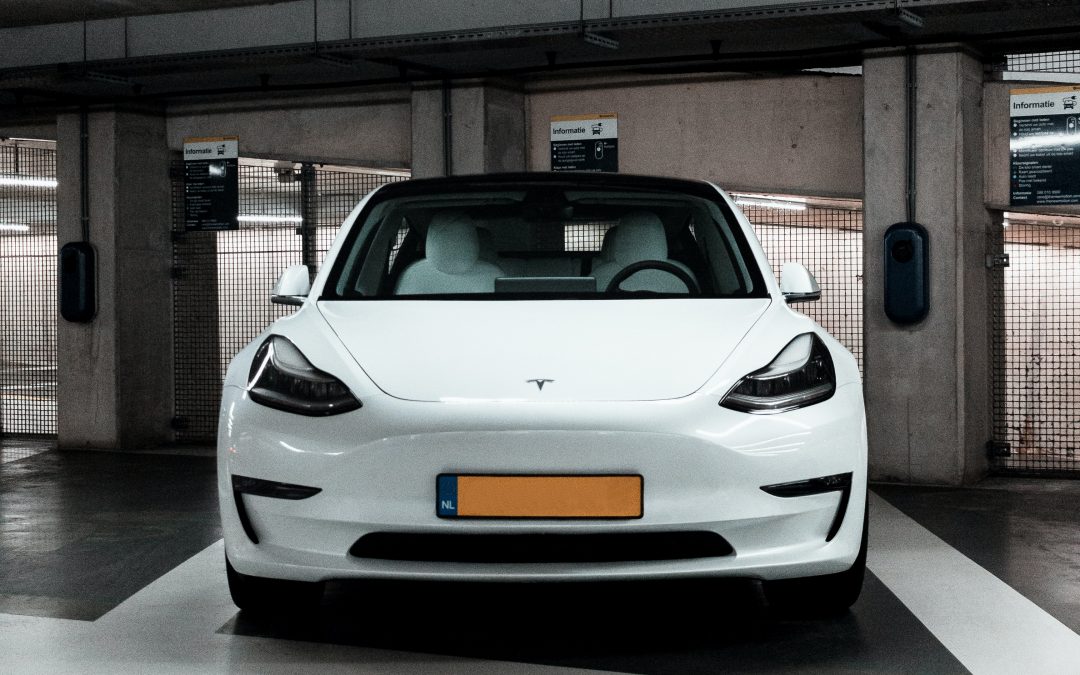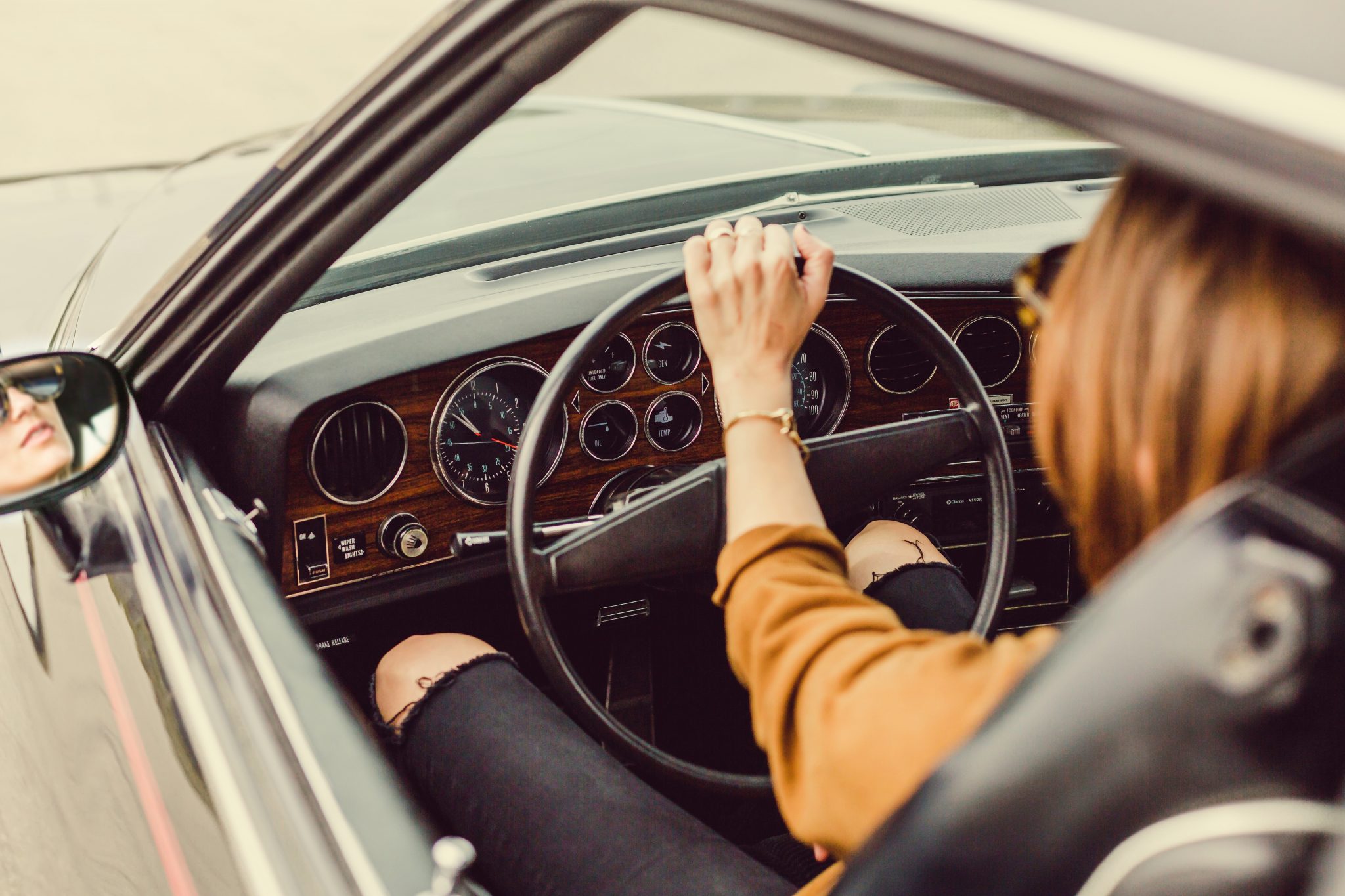Numerous restaurants and fast-food businesses have been struggling to keep up the pace of their deliveries during the pandemic, trying to follow the plethora of new regulations and restrictions; some with a degree of success, others not as much.
Contactless delivery seemed like a great option for most businesses to stay the course, although it didn’t magically solve the entire problem.
That’s where self-driving cars came in. The on-field testing was paused throughout the last year as it wasn’t deemed essential business, but there were still quite a few models that proved to be dependable and reliable that could rise up to the task.
After doing an amazing job so far, the question arises – will self-driving cars become the new norm for food delivery?
They’re environmentally friendly
Looking through a more global lens, self-driving cars are superior to most traditional vehicles in terms of eco-friendliness. The vast majority of self-driving vehicles are powered by electric motors, as internal combustion engines are more difficult to maintain and present a risk factor.
Furthermore, self-driving cars will follow a carefully planned algorithm that will substantially reduce the need for braking, driving at far more consistent speeds. This will, in turn, reduce the overall emissions any self-driving vehicle puts out.
Given the rise of environmental awareness peaked during the past decade, as well as due to the fact that gas and fuel are non-renewable and hence very limited resources that we’re steadily running out of, self-driving cars will certainly garner quite a bit of attention in the months and years to come.
Superior traffic efficiency
Human spatial awareness is limited, and so many unexpected things can happen on an otherwise very normal day in traffic. Furthermore, there are so many factors that hinder it, such as aging, hearing problems, reduced vision, health issues, and so many others.
Moreover, many drivers rely on muscle memory and experience, both of which guide them to react instinctively in certain situations, which doesn’t always result in a positive outcome.
Self-driving cars rely on algorithms and well-crafted sensors that can spot what human eyes cannot, react to problems with pre-installed commands in a matter of milliseconds, and come up with an optimal solution on the fly.
The traffic efficiency of self-driving cars is further bolstered by their ability to instantly communicate with other self-driving vehicles. Due to their built-in chips, they will be visible to each other on any local radar.
They can carry softer foods more reliably
Delivering porridges, soups, and similar types of dishes is often a nightmare for delivery services, especially in rush-hour traffic jams. Obviously, professional drivers can always rely on GPS systems to try and avoid the most crowded streets, but not all cars have such a system; furthermore, not everyone is able to react in time to redirect their car away from a jam.
Sharp turns, reverse driving, and slight bumping are the three scenarios delivery cars want to try to avoid as much as possible. These three particular scenarios are not posing any problems for self-driving cars, though, as each sports a built-in navigation unit, proximity detectors, and a computer that is charged with coming up with an ideal route.
Minimal chance of crashing
If a delivery courier gets into a car accident (even if they’re driving a bicycle), your order will either be canceled. In some situations, you will be asked if you want to wait another hour or two for the restaurant to prepare you a brand-new meal and deliver it to you, typically free of charge. While free food may sound appealing, waiting on it forever certainly does not.
Car crashes are a huge risk that delivery services are trying to calculate, but they’re usually unpredictable due to a myriad of factors that affect them.
Again, due to proximity sensors, 360-degree line of sight, pre-mapped algorithms, and a variety of technological safety measures, self-driving cars are far less likely to get into a car accident.
True Contactless Delivery
Actual contactless delivery is almost impossible. Even if the food was packaged and loaded by machines, it still needs to be made by human hands. However, having a driver deliver it to your doorstep adds another pair of hands to the equation. Even if all safety regulations were followed to the letter, some people simply don’t feel too safe with this option in the pandemic time.
One of the biggest problems that delivery services who wanted to use self-driving cars for their deliveries faced was payment. Namely, the original way of paying for your food was to give cash to the driver.
Fortunately, the vast majority of fast-food joints and restaurants switched over to credit card payment methods years ago, so this problem was dealt with in full.
Getting your food from a driverless car is essentially the same as buying it from a stand directly; the only difference is that there are no crowds of people waiting for their turn.
Machines are still not perfect
With all the possibilities and potential benefits of self-driving cars, machines are still imperfect and can malfunction. After all, self-driving cars rely on programs to compute all of their functionalities, and any system can encounter a bug in its programming, causing it to fail in one aspect or another.
Individual parts of any car can also malfunction. A tire may get ruptured; the brakes may fail to activate; the doors may get locked in or open mid-drive. A human driver will be able to address any of these issues almost immediately while the remote operators of self-driving cars can only respond once they are notified of the issue.
Even though human error is deemed as the leading cause of car crashes, machine-based errors can cause a series of other problems.
At the end of the day, Are Self-Driving Cars the Future of Food Delivery?
The simplest answer to this question is ‘yes, they certainly are.’ However, how near or far this future is presents uncertainty. The technology is advancing at a rapid rate, but it’s currently not reached a point where machines are absolutely reliable and independent of human control.
We hope that this guide was useful to you and that you have learned something new today on self-driving cars and their use in the food delivery niche. Make sure you are staying safe in these times we are all going through and have a good one, guys!




